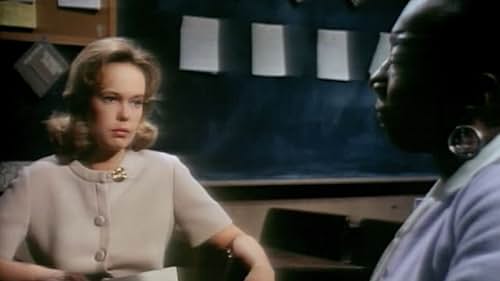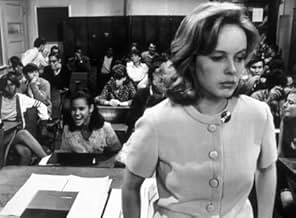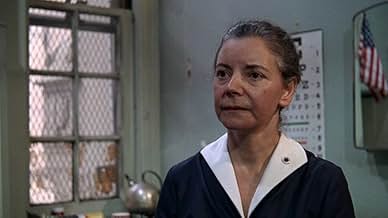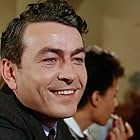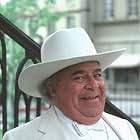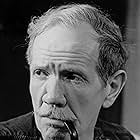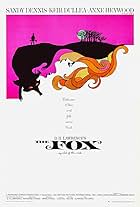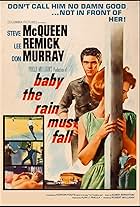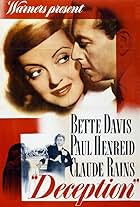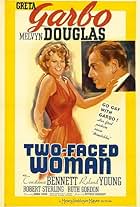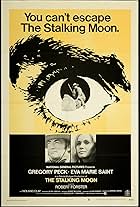IMDb RATING
7.3/10
2.6K
YOUR RATING
The experiences of a young female English teacher in an inner-city New York high school.The experiences of a young female English teacher in an inner-city New York high school.The experiences of a young female English teacher in an inner-city New York high school.
- Awards
- 1 win & 4 nominations
María Landa
- Carole Blanca
- (as Maria Landa)
- Director
- Writers
- All cast & crew
- Production, box office & more at IMDbPro
Storyline
Did you know
- TriviaThe U.S. State Department submitted this film to the 1967 Moscow Film Festival, in order to contradict Soviet propaganda, which implied that all American schools were racially segregated.
- GoofsIn the classroom scene where Harry A Kagan is talking, his necktie alternates between being tucked into the belt and in front of the belt.
- Quotes
[Defending her inability to treat an abused student]
Nurse Frances Eagen: I give them tea. At least that's something.
- ConnectionsReferenced in The Acid Eaters (1967)
Featured review
This film, directed by Robert Mulligan (To Kill A Mockingbird, Love With A Proper Stranger), portrays an idealistic teacher with a masters degree, Sandy Dennis as Sylvia Barrett, who takes the plunge into the teaching world of a multicultural but disadvantaged New York neighbourhood. The school is named after Calvin Coolidge, an irony given the urban and cultural mix that was so far removed from the life of the Vermont-born, Republican President of the 1920's.
I like the polaroid colour of film for the opening street scene at the time (1967) when Miss Barrett emerges from a bus into the hazy neighbourhood overflowing with high school students, who would have been the early baby boomers of the period, although with far less privilege than most. We see one lonely student try to commit suicide; another who falls asleep in class because he spends his evenings working on cars, his first love; another who believes Miss Barrett's interest in after-school meetings is a come-on for time alone with him.
Her class does their best to unhinge the new teacher on the opening day but Miss Barrett is gifted with resilience and patience. We get to know the staff in the school with moments of comic relief, such as when the staff meeting shows the teachers grouching about issues ranging from whose drawer belongs to who and when the proposed $7 million school is going to be built, if ever.
Miss Barrett wants to make a difference for the students in her class. She knows that many of them have to climb a greasy pole to make a good life for themselves. She comes up against bureaucratic rules and teachers whose methods are more likely to reinforce the status quo. However, she is not one to shirk the challenge and one day, Miss Barrett tries to relate the world of Charles Dickens to their own and generates a tremendous enthusiasm that brings out an animated discussion about the Tale of Two Cities and "the best of times, the worst of times". Nevertheless, the litany of woes and misunderstandings that constantly undermine her idealism eventually cause her to face the reality of the decision to teach in an inner city neighbourhood.
Despite the drawbacks, she has tremendous support among the students, parents and staff. Sandy Dennis plays the part superbly and in the hands of a great director, we see a vivid portrait of an inner city school and a great teacher with ideals and spunk. To me, this movie is a classic, much under-rated in the history of American cinema.
I like the polaroid colour of film for the opening street scene at the time (1967) when Miss Barrett emerges from a bus into the hazy neighbourhood overflowing with high school students, who would have been the early baby boomers of the period, although with far less privilege than most. We see one lonely student try to commit suicide; another who falls asleep in class because he spends his evenings working on cars, his first love; another who believes Miss Barrett's interest in after-school meetings is a come-on for time alone with him.
Her class does their best to unhinge the new teacher on the opening day but Miss Barrett is gifted with resilience and patience. We get to know the staff in the school with moments of comic relief, such as when the staff meeting shows the teachers grouching about issues ranging from whose drawer belongs to who and when the proposed $7 million school is going to be built, if ever.
Miss Barrett wants to make a difference for the students in her class. She knows that many of them have to climb a greasy pole to make a good life for themselves. She comes up against bureaucratic rules and teachers whose methods are more likely to reinforce the status quo. However, she is not one to shirk the challenge and one day, Miss Barrett tries to relate the world of Charles Dickens to their own and generates a tremendous enthusiasm that brings out an animated discussion about the Tale of Two Cities and "the best of times, the worst of times". Nevertheless, the litany of woes and misunderstandings that constantly undermine her idealism eventually cause her to face the reality of the decision to teach in an inner city neighbourhood.
Despite the drawbacks, she has tremendous support among the students, parents and staff. Sandy Dennis plays the part superbly and in the hands of a great director, we see a vivid portrait of an inner city school and a great teacher with ideals and spunk. To me, this movie is a classic, much under-rated in the history of American cinema.
- How long is Up the Down Staircase?Powered by Alexa
Details
Contribute to this page
Suggest an edit or add missing content


